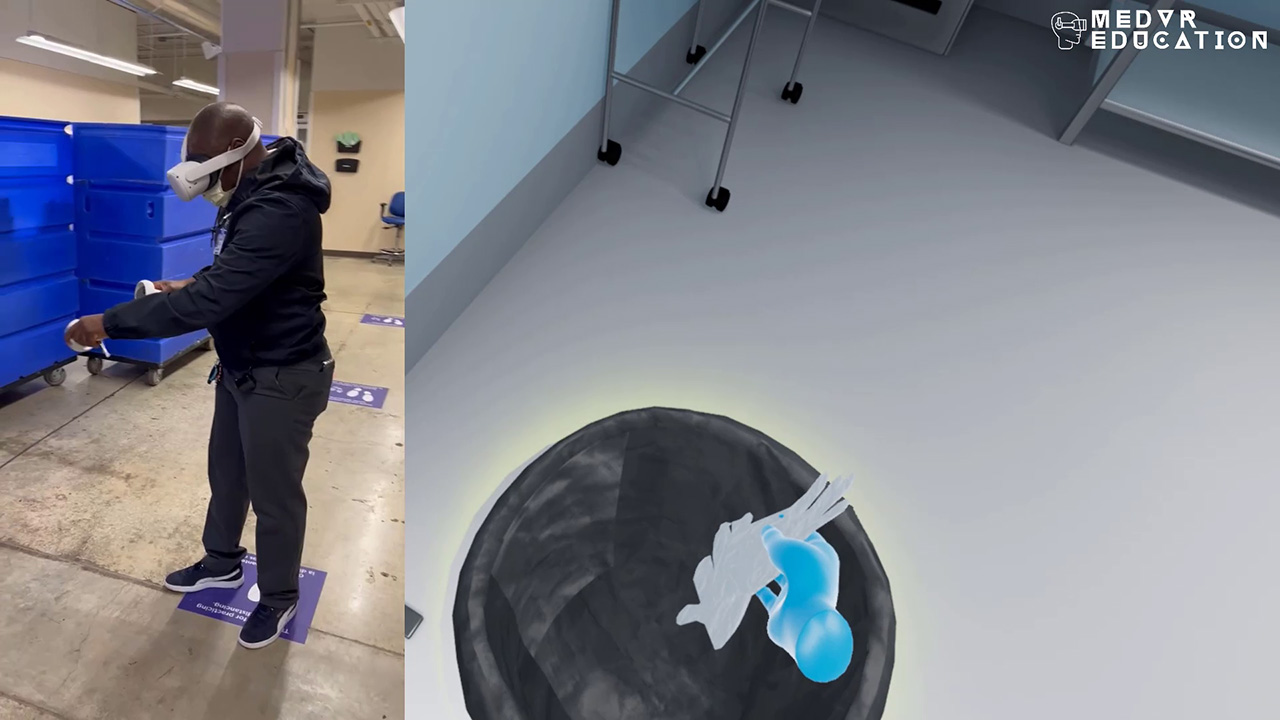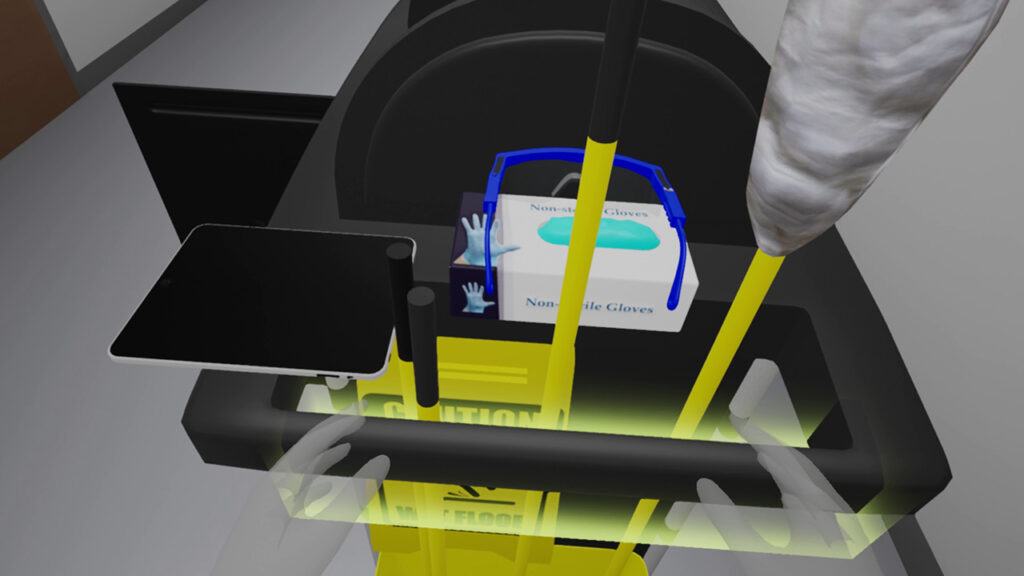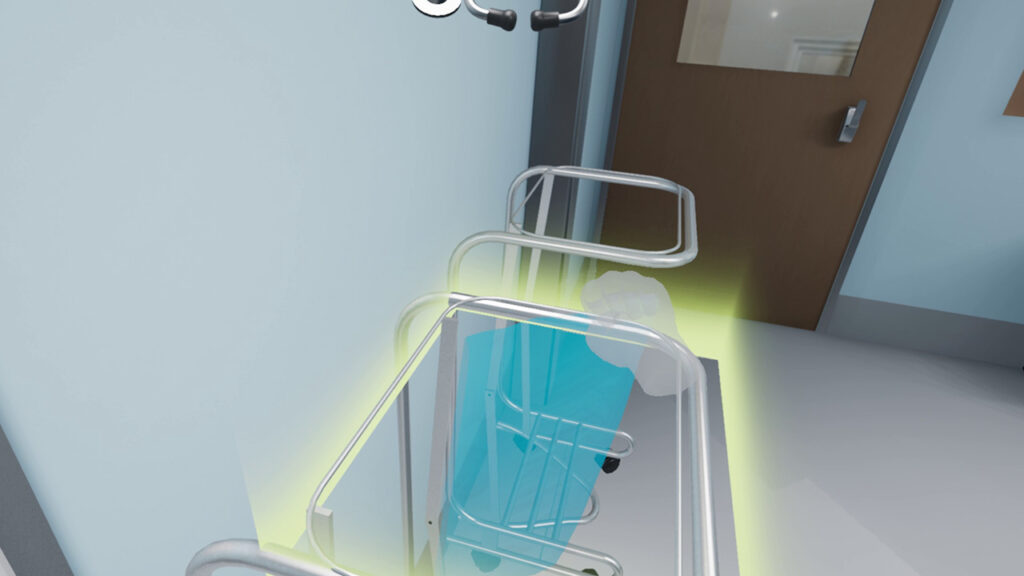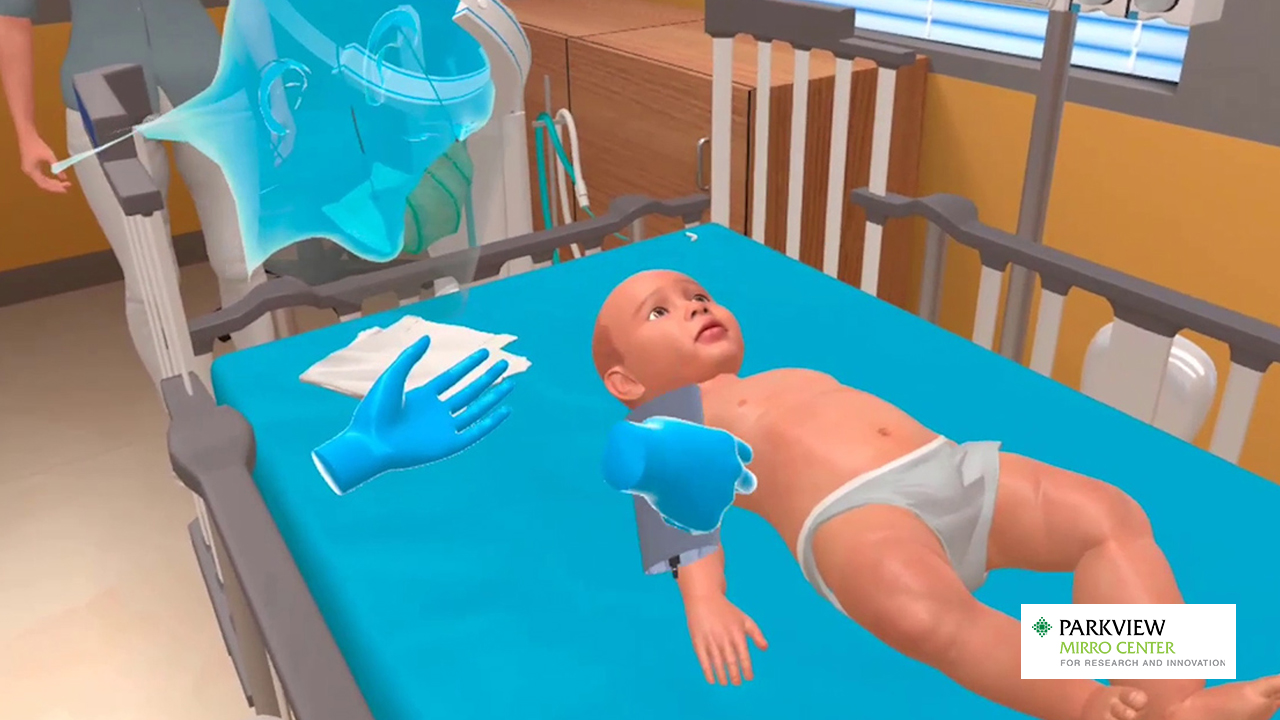
Operating room, also called OR in healthcare parlance, is where invasive procedures are conducted. While cleanliness and hygiene of all areas in a healthcare set up are of primary importance, the significance becomes greater when it concerns the OR. As per the nature of the procedures performed here it is critical to keep the environment sanitized so as to prevent any kind of contamination. A little bit of carelessness could spell harm for all parties involved – patients, doctors, nurses, and perioperative staff.
Pointers to Effective OR Cleaning
While every healthcare organization has its own set of guidelines and methods listed down for OR cleaning, some points can always be incorporated in all set ups to ensure minute planning, smooth job execution, and effective results.
– Gather everything required – Once in the OR for cleaning, avoid leaving restricted area to prevent contamination of other areas. In order to make this effective make sure to gather all required material and equipment for the task.
– Maintain checklist of items required – Undertaking an OR cleaning process requires a host of equipment and material. Best practice would call for preparing, maintaining, and regularly updating the list of required material. Make sure to check for the availability of all items before proceeding for the task.
– Prepare task checklist – Planning is essential for successful execution of a task. When it comes to OR cleaning, the importance is multiplied. Preparing a tasks checklist is a step towards ensuring a thorough job is performed. Prepare, review, recheck, and finalize to include every task, no matter how trivial it may sound.
– Checkmark tasks in checklist for thorough completion – Once the job is done, go back to the checklist and review to be sure that every task listed out has been completed.

– Be properly dressed for the job – Invasive procedures are performed in the OR. Chances of contamination cannot be ruled out even after the completion of the procedure. This makes it important for the cleaning staff to enter the room fully dressed and well-equipped for the job. Gloves, head cover, and face mask should be mandatory.
– Three bucket-rule: The three-bucket system can be an effective approach to thorough cleaning. First use detergent to get rid of dust and grime. Second, use plain water to remove the detergent. Third, when water has dried up, use disinfectant on all areas (floors and surfaces included).
– Corner to door: As a final mopping round, the corner to door cleaning route can be helpful in ensuring all areas of the OR are mopped and clean. Start from one corner of the room and moving backwards, move towards the door and finally exit.
– Post cleaning keep door closed – After cleaning is complete, keep the OR door closed for 10-15 minutes with ventilation equipment on in order to control airborne contamination.
– Low-linting cleaning cloth – Making use of low-linting cloth will eliminate chances of cotton or fiber deposits which could be sources of contamination.
– Annual assessment – Once a rule need not always be a rule. Changes take place, innovations happen, so it is good practice to assess processes, chemicals, equipment and other material used in the cleaning process. Something better may be available that can deliver improved results.
– Maintain dedicated equipment and material for OR – With invasive procedures being performed in the OR it is important to keep it sanitized and free from contamination. If possible, maintaining dedicated equipment and material for OR cleaning can help contain risks of contamination.
– Use of disinfectant – Use of high-level and low-level disinfectants should be appropriately designated as per requirement. High-level disinfectants should be used for cleaning and disinfecting critical items and surfaces and equipment above the floor. Low-level disinfectants, on the other hand, should be used for mopping and cleaning areas away from the surgical environment.
– Handling cleaning material – Proper use of cleaning material is important for effective results. Equally important are steps like preparing, handling, storing, and disposing of cleaning chemicals. Every activity involving the use of cleaning chemicals should be done in accordance with manufacturers’ IFU and local, state, and federal regulations.

Cleaning and sanitizing an OR is a skill that can be acquired with practice but along with practice it is important to understand the significance of the task being performed. Being well aware of the intricacies of the job, understanding the consequences of every step performed, and the role it plays in the well-being of patients, doctors, and other staff goes a long way in helping environmental service personnel perform their task with finesse.
An effective training session allows learners to practice in realistic environments, learn from mistakes, understand the procedure being performed, and along the way, helps develop muscle memory. In real-life training sessions, all conditions it may not always to be possible to fulfill all training needs at all times, for obvious reasons, but when training and practicing in virtual reality all necessary learning conditions can be provided to the learner to learn, practice, make mistakes, learn from mistakes, and get proficient the job.
Contact us to know more about VR in healthcare training, or visit our MedVR Education webpage to explore the various programs we offer.


